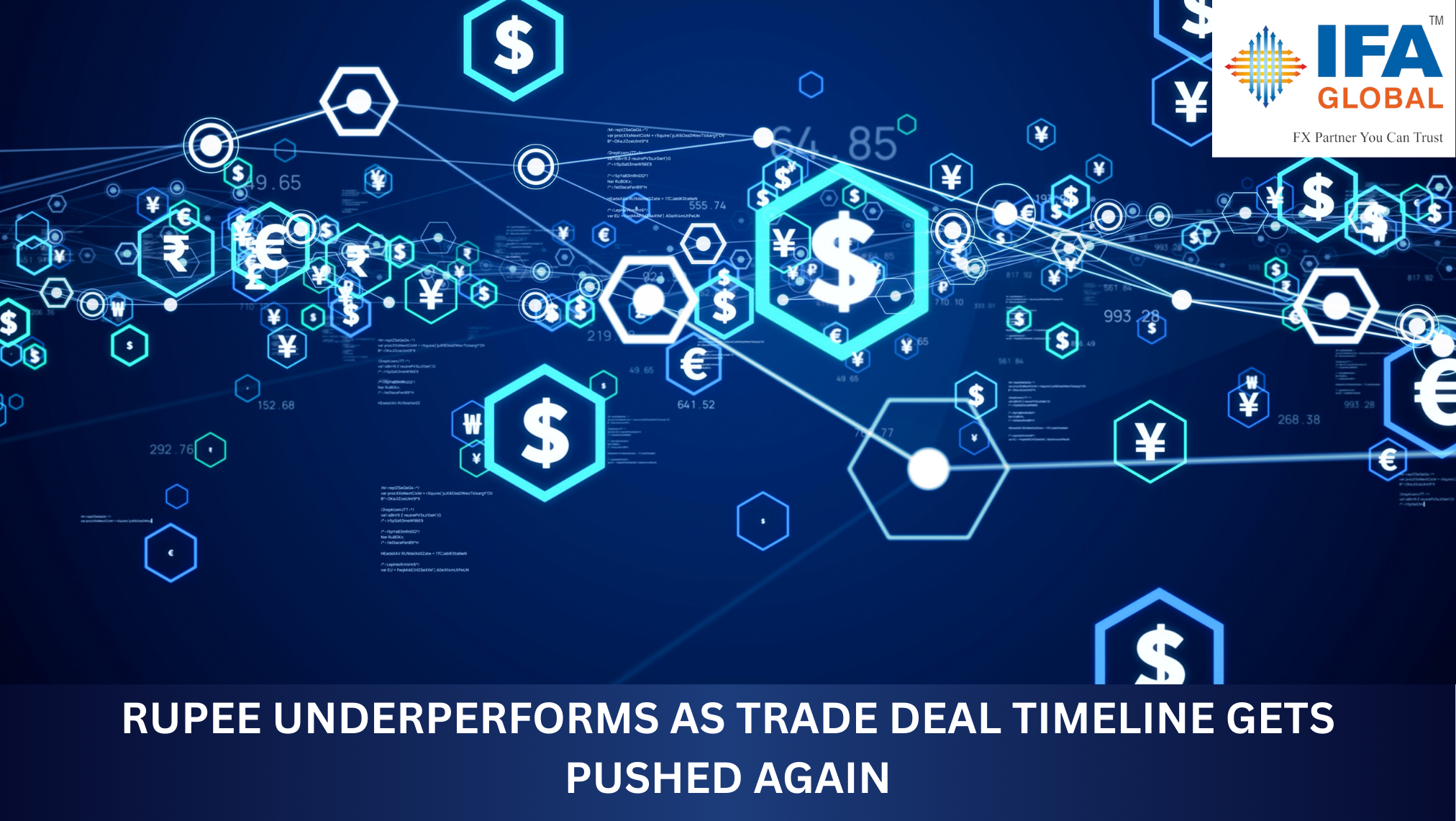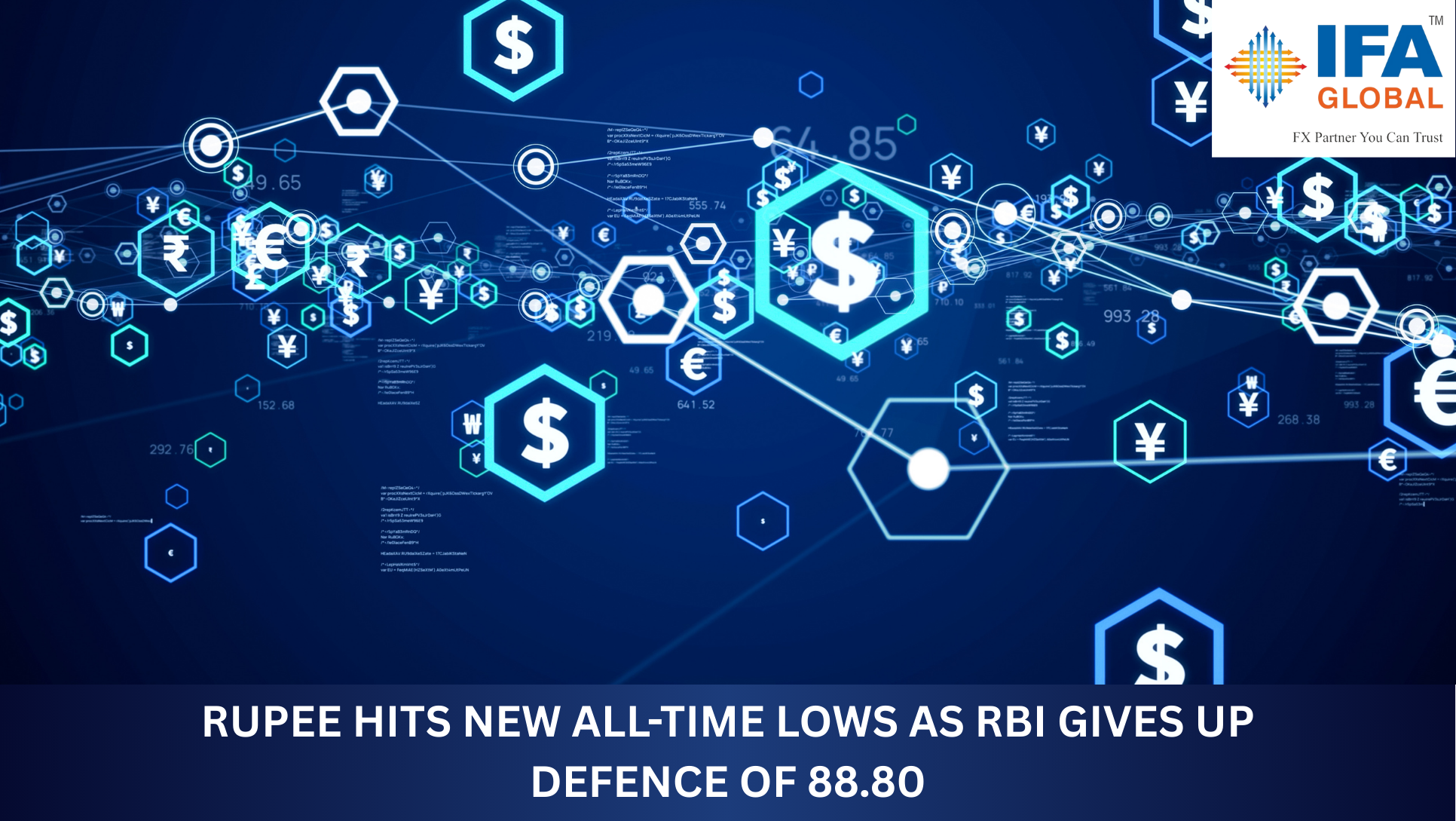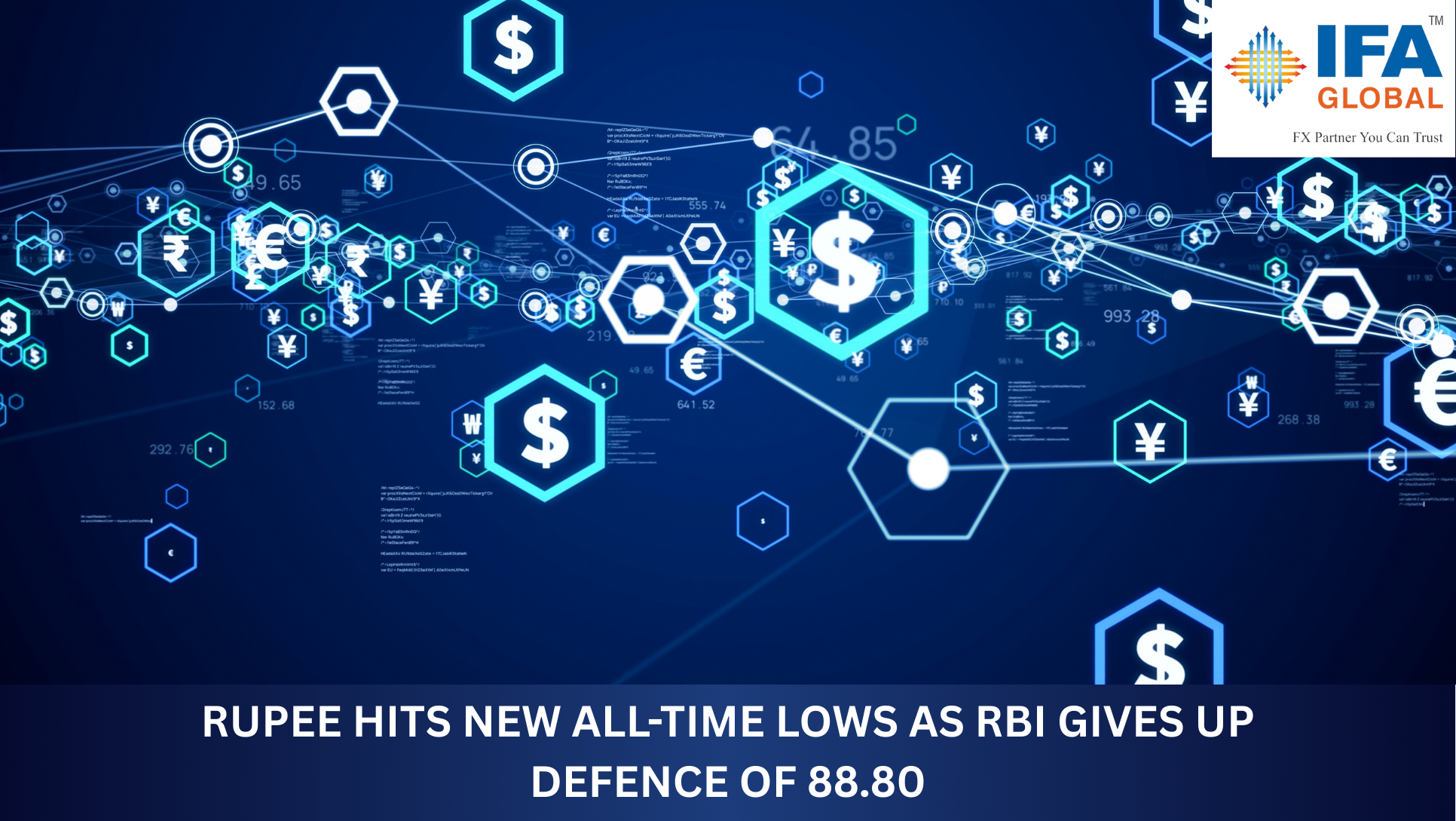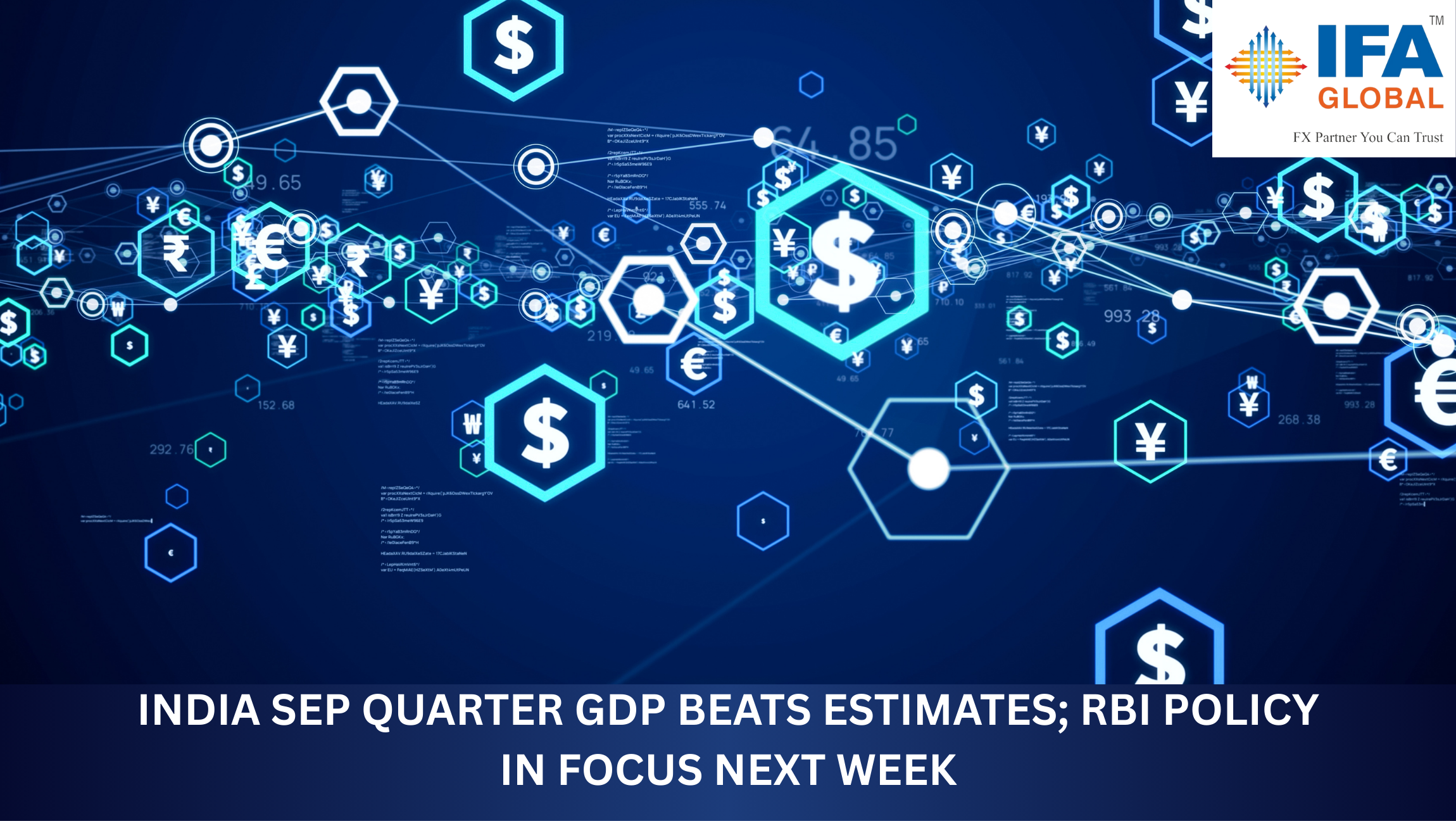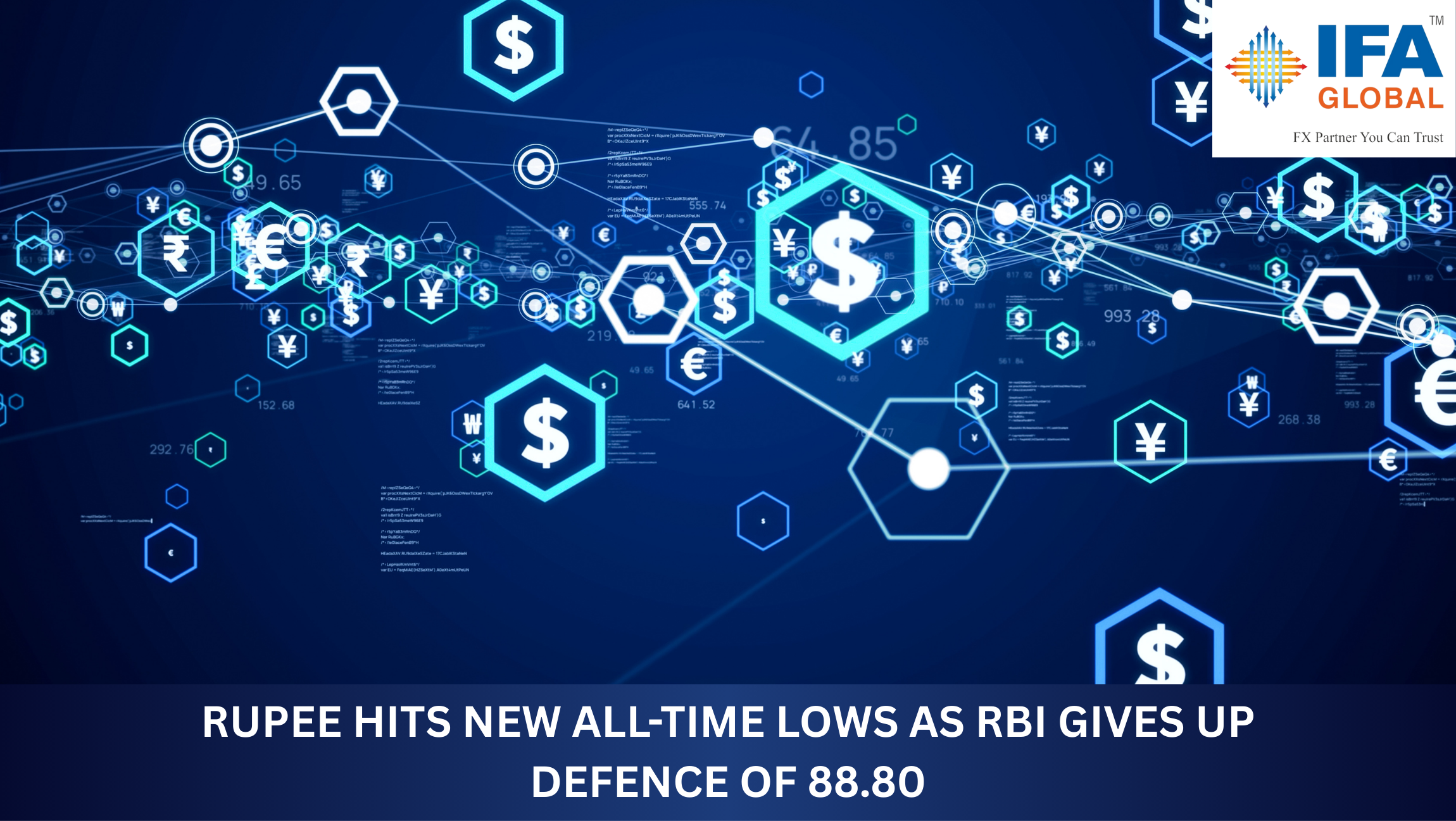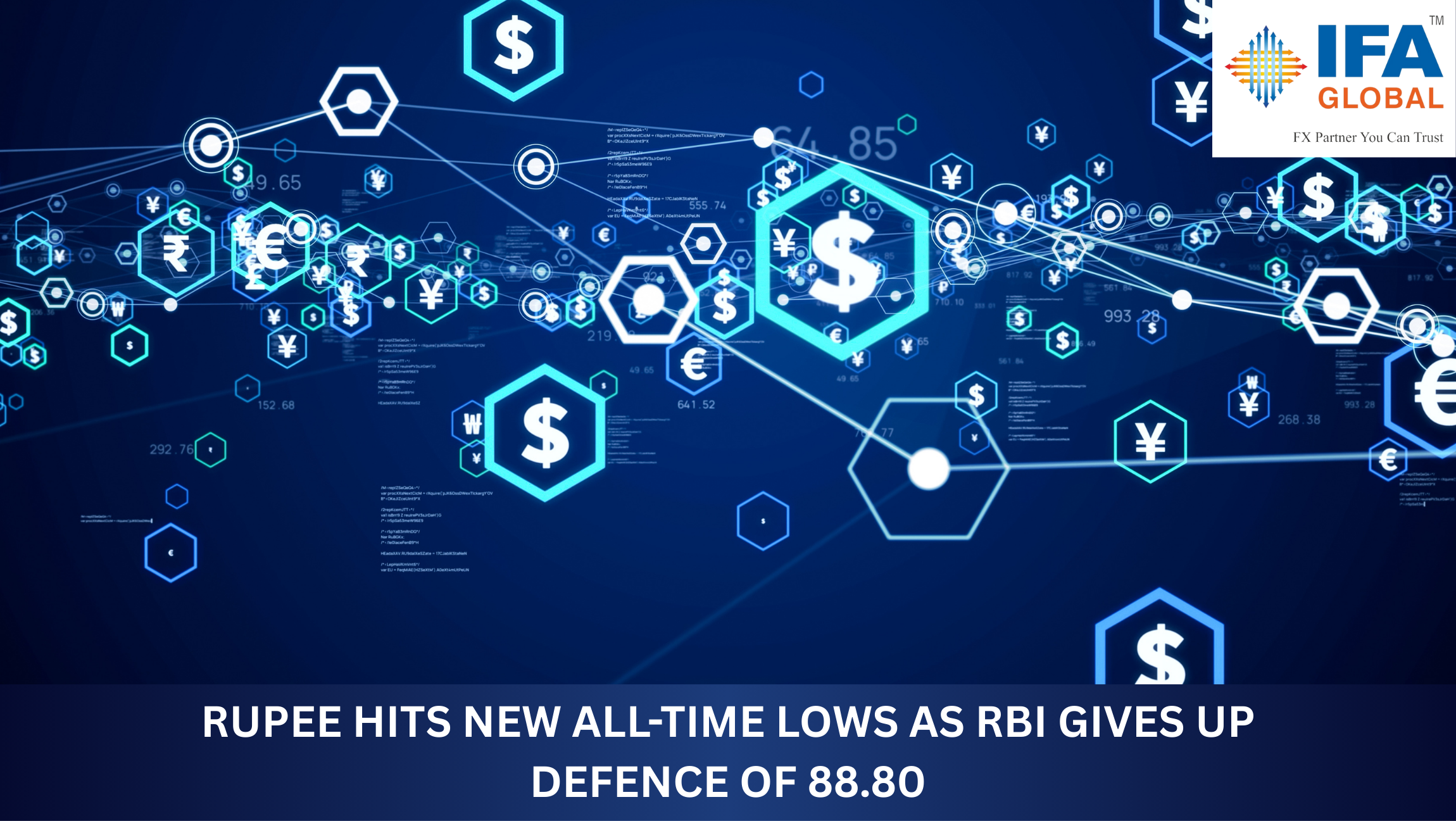What is stagflation?
28 October 2022 | By Abhishek Goenka | Category - Market
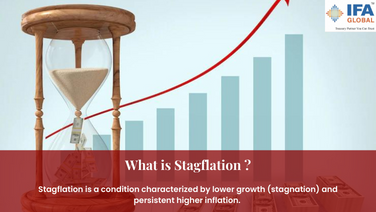
Typically, higher growth is associated with higher inflation. During economic expansions, as aggregate demand, employment, wages in the economy pick up and the output gap closes, price pressures build up as supply cannot adjust instantly (i.e., The traditional Phillips curve is at work). Therefore, economic expansions are associated with inflation, and economic contractions are associated with disinflation or deflation.
Stagflation is a condition characterized by lower growth (stagnation) and persistent higher inflation.
What could be the causes of Stagflation?
Stagflation can occur on account of persistent supply-side shocks from natural calamities, war, political instability, or due to a run on the country's currency (especially if it relies on imports heavily for its consumption)
Prolonged periods of poor policymaking and governance such as the implementation of protectionist/restrictive policies (licenses, subsidies, duties) which suppress capitalism, entrepreneurship, and productivity (poor logistics and supply chain network) can also lead to stagflation.
Why Stagflation is a problem?
Stagflation may not be a problem if supply-side shocks are transitory and dissipate quickly.
However, they can be extremely challenging to deal with if the supply shocks are more persistent as they can morph into a vicious cycle. High inflation erodes purchasing power and in turn compels individuals and corporates to rationalize their spending, further hurting aggregate demand. It is a herculean task to resuscitate the economy from this spiral.
Most popular Instance of stagflation in the past?
The US economy in the 1970s went through a period of stagflation on account of the first oil shock. Due to the US support of Israel in the Yom Kippur war, Arab countries had imposed embargoes on the export of oil to the US. This led to a massive surge in oil prices and drove the US economy into stagflation. It was only through skillful diplomacy which restored the oil supply that the US economy was able to overcome the situation.
What can policymakers do to combat stagflation?
Stagflation poses a policy conundrum for central bankers as well the government.
Stagflation is better addressed from the fiscal side (supply side) rather than the monetary side (monetary side).
Keeping the monetary policy accommodative overall can lead to excesses/bubbles being built up and can cause inflation to worsen.
Therefore, monetary policy measures need to be highly focused or targeted. For instance, providing targeted liquidity to the sector which is worst affected. This could help the sector overcome its woes and restore supply which would alleviate inflationary pressures.
In some cases, allowing the currency to adjust may help if the demand for a country's exports is highly sensitive to the exchange rate. A depreciating currency would augment exports and discourage discretionary imports. This would translate into a pick-up in growth.
Fiscal side measures can be more focused and therefore fiscal policy would be a better tool to address stagflation. Providing performance-linked subsidies to specific sectors, imposing duties to deter discretionary imports, providing sops to exporters, initiating measures to encourage private CAPEX, initiating government CAPEX projects with strong forward and backward linkages (Classic Keynesian spending) can all help ameliorate the situation.

